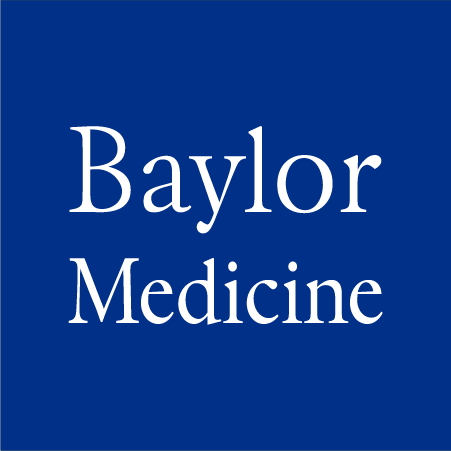Language
English
Publication Date
12-1-2023
Journal
Cancer Research
DOI
10.1158/0008-5472.CAN-23-2545
PMID
37819236
PMCID
PMC10690098
PubMedCentral® Posted Date
10-11-2023
PubMedCentral® Full Text Version
Post-print
Abstract
NUT carcinoma (NC) is an aggressive squamous carcinoma defined by the BRD4-NUT fusion oncoprotein. Routinely effective systemic treatments are unavailable for most NC patients. The lack of an adequate animal model precludes identifying and leveraging cell-extrinsic factors therapeutically in NC. Here, we created a genetically engineered mouse model (GEMM) of NC that forms a Brd4::NUTM1 fusion gene upon tamoxifen induction of Sox2-driven Cre. The model displayed complete disease penetrance, with tumors arising from the squamous epithelium weeks after induction and all mice succumbing to the disease shortly thereafter. Closely resembling human NC (hNC), GEMM tumors (mNC) were poorly differentiated squamous carcinomas with high expression of MYC that metastasized to solid organs and regional lymph nodes. Two GEMM-derived cell lines were developed whose transcriptomic and epigenetic landscapes harbored key features of primary GEMM tumors. Importantly, GEMM tumor and cell line transcriptomes co-classified with those of human NC. BRD4-NUT also blocked differentiation and maintained the growth of mNC as in hNC. Mechanistically, GEMM primary tumors and cell lines formed large histone H3K27ac-enriched domains, termed megadomains, that were invariably associated with the expression of key NC-defining proto-oncogenes, Myc and Trp63. Small-molecule BET bromodomain inhibition (BETi) of mNC induced differentiation and growth arrest and prolonged survival of NC GEMMs, as it does in hNC models. Overall, tumor formation in the NC GEMM is definitive evidence that BRD4-NUT alone can potently drive the malignant transformation of squamous progenitor cells into NC.
SIGNIFICANCE: The development of an immunocompetent model of NUT carcinoma that closely mimics the human disease provides a valuable global resource for mechanistic and preclinical studies to improve treatment of this incurable disease.
Keywords
Animals, Humans, Mice, Carcinoma, Squamous Cell, Cell Cycle Proteins, Cell Transformation, Neoplastic, Nuclear Proteins, Oncogene Proteins, Fusion, Transcription Factors
Published Open-Access
yes
Recommended Citation
Durall, R Taylor; Huang, Julianna; Wojenski, Luke; et al., "The BRD4-NUT Fusion Alone Drives Malignant Transformation of NUT Carcinoma" (2023). Faculty and Staff Publications. 1947.
https://digitalcommons.library.tmc.edu/baylor_docs/1947
Included in
Biological Phenomena, Cell Phenomena, and Immunity Commons, Life Sciences Commons, Medical Cell Biology Commons, Medical Microbiology Commons, Medical Molecular Biology Commons, Medical Specialties Commons


